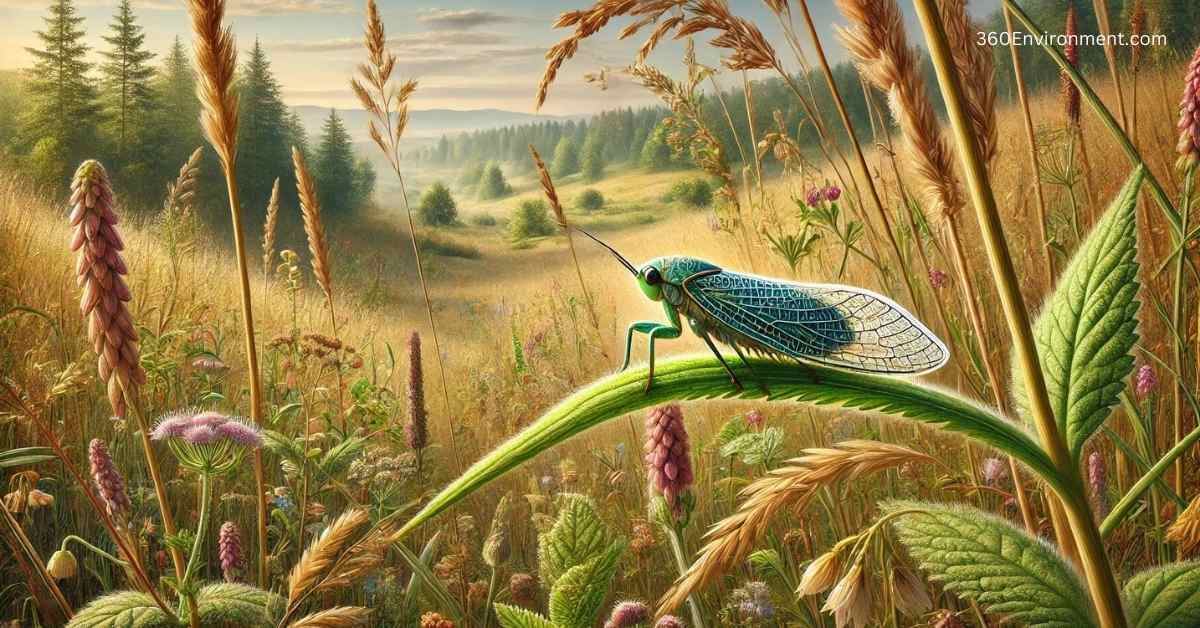*Aphrodes makarovi*, a species within the family Cicadellidae, represents one of many types of leafhoppers that are distributed across various habitats worldwide. Like other members of its family, this species plays a crucial role in its environment as both a herbivore and a vector for plant pathogens. Leafhoppers are known for their plant-feeding habits, and Aphrodes makarovi is no exception, making it an essential part of the ecosystems it inhabits.
In this article, we explore the environmental niche of Aphrodes makarovi, focusing on its habitat preferences, ecological roles, interactions with other organisms, and the challenges it faces in its natural environments. By understanding this species’ ecological niche, we can better appreciate its importance in maintaining ecosystem balance, as well as the broader implications for plant-insect relationships and biodiversity.
1. Taxonomy and Morphological Characteristics
*Aphrodes makarovi* is part of the Cicadellidae family, which includes over 20,000 species of leafhoppers. These insects are typically small, agile, and capable of jumping long distances relative to their body size, which is why they are often referred to as “hoppers.”
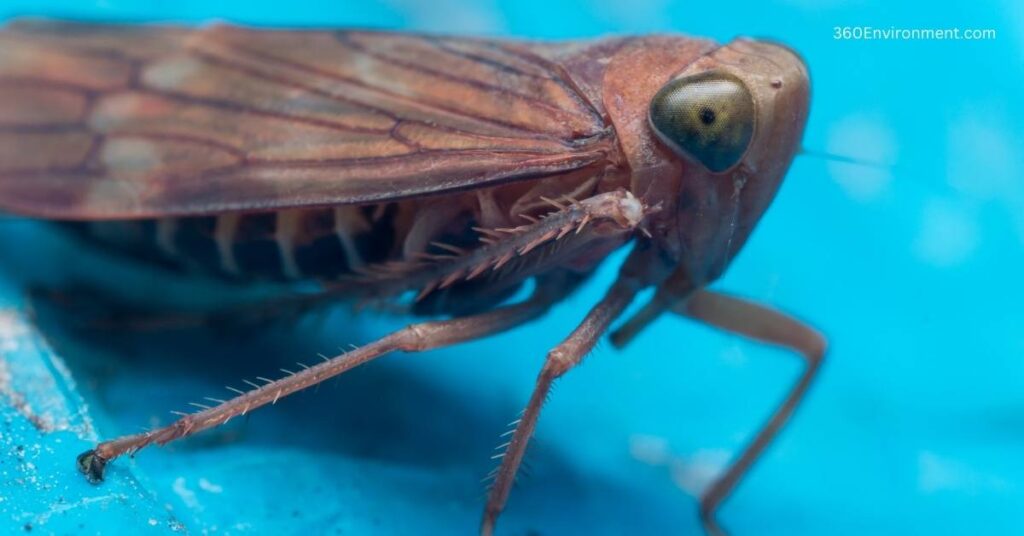
1.1 Taxonomy
- Kingdom: Animalia
- Phylum: Arthropoda
- Class: Insecta
- Order: Hemiptera
- Family: Cicadellidae
- Genus: Aphrodes
- Species: Aphrodes makarovi
1.2 Morphological Features
Like other leafhoppers, Aphrodes makarovi is characterized by its wedge-shaped body, long legs, and specialized mouthparts designed for piercing and sucking plant sap. The insect’s head is slightly rounded, with compound eyes that provide a wide field of vision to detect predators. The body coloration can vary depending on environmental factors and the individual’s stage of development, often featuring muted greens or browns to blend into its environment.
One of the defining characteristics of Cicadellidae species is the presence of strong hind legs adapted for jumping. Aphrodes makarovi uses these legs to escape predators and navigate through its habitat. Its mouthparts, known as stylets, are used to pierce the tissues of host plants and extract sap, which serves as its primary food source.
2. Habitat and Geographic Distribution
Leafhoppers, including Aphrodes makarovi, are highly adaptable and can be found in a range of habitats. However, this particular species tends to favor temperate regions where it can find suitable host plants. Its habitat preferences are closely linked to the presence of specific plant species that provide both nourishment and shelter.
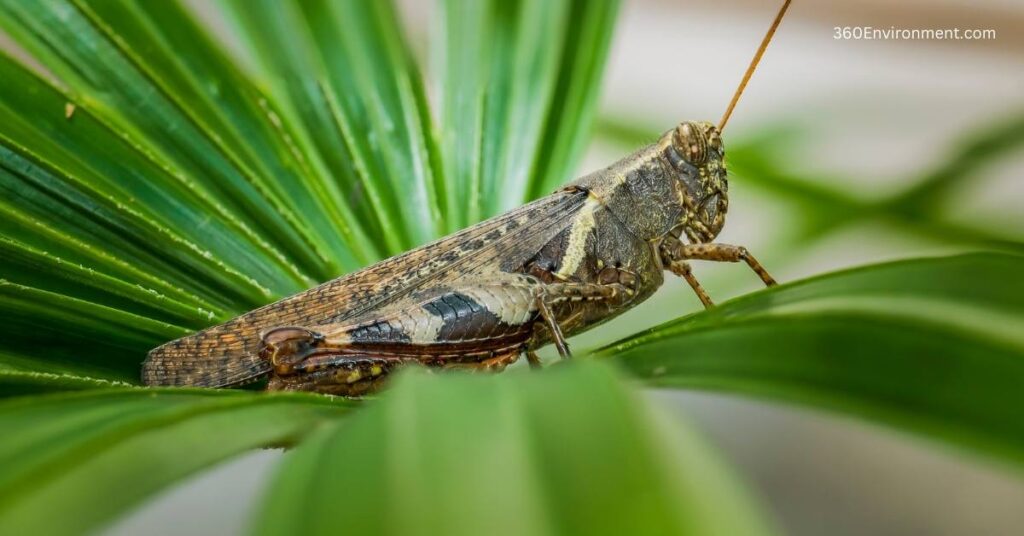
2.1 Habitat Preferences
*Aphrodes makarovi* primarily inhabits grassy and herbaceous environments, often favoring meadows, fields, and the edges of forests where it can find an abundance of host plants. It thrives in areas with a mixture of grasses and broadleaf plants, as these provide both food sources and protection from predators.
The species can also be found in agricultural landscapes, particularly in areas where grass-like plants or crops are prevalent. As a generalist herbivore, Aphrodes makarovi may feed on a variety of plant species, but it tends to prefer specific types of vegetation, including grasses and herbaceous plants with soft tissues.
- Grassy Meadows: Grassy areas are prime habitats for Aphrodes makarovi, where it can feed on the sap of different species of grasses. These open spaces provide both food and the freedom to jump between plants, avoiding predators.
- Forest Edges: Forest margins offer a diverse selection of host plants and microhabitats that protect Aphrodes makarovi from extreme weather conditions while giving it access to both open and shaded environments.
2.2 Geographic Distribution
While the specific geographic range of Aphrodes makarovi has not been thoroughly documented, it is likely distributed throughout temperate regions of Europe and parts of Asia. Its occurrence is largely dependent on the availability of host plants and the environmental conditions that support its life cycle. As a leafhopper, it may also migrate or disperse over short distances to find suitable habitats when necessary.
3. Ecological Role and Trophic Interactions
The role of Aphrodes makarovi within its ecosystem is multifaceted. As a herbivore, it impacts plant populations by feeding on sap, while also influencing broader ecological dynamics through its interactions with predators, parasites, and plant pathogens.
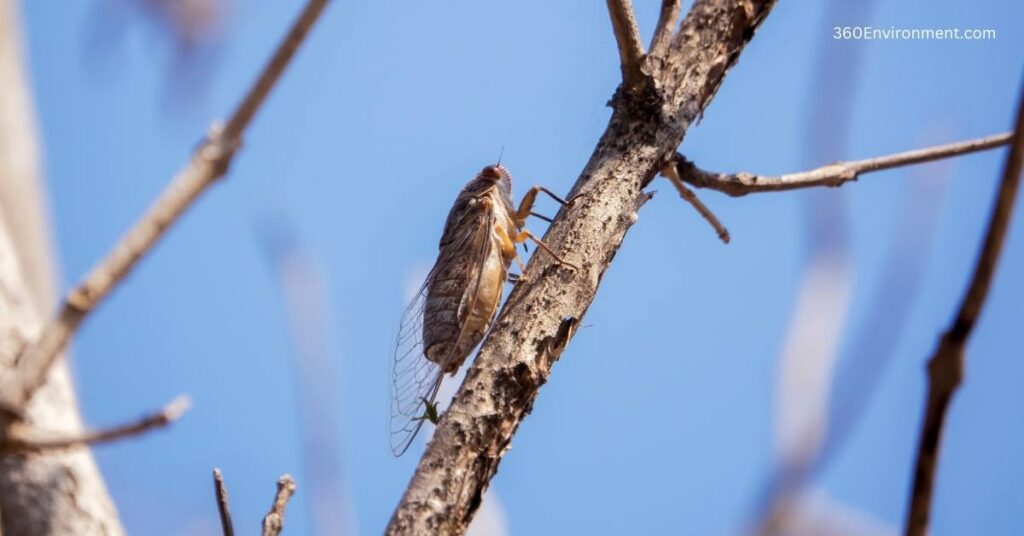
3.1 Role as a Herbivore
Like other leafhoppers, Aphrodes makarovi feeds primarily on plant sap, which it extracts using its specialized mouthparts. This feeding behavior can have a variety of effects on the plants it consumes. While feeding, leafhoppers can damage plant tissues, causing visible damage such as leaf curling, yellowing, and stunted growth. Over time, heavy infestations of leafhoppers can lead to significant plant stress, affecting the health of entire plant communities.
- Plant Damage: By piercing plant tissues, Aphrodes makarovi introduces small wounds that can lead to plant stress. These wounds make plants more susceptible to secondary infections or diseases caused by bacteria, fungi, or other pathogens.
- Nutrient Depletion: Leafhoppers feeding on sap directly affect the nutrient balance within plants. Since they tap into the plant’s vascular system, they may reduce the overall vigor of the plant by diverting resources away from essential processes like photosynthesis and growth.
3.2 Role as a Vector for Pathogens
One of the most ecologically significant roles of leafhoppers is their ability to act as vectors for plant pathogens. When Aphrodes makarovi feeds on an infected plant, it can acquire viruses, bacteria, or phytoplasmas that are transmitted from plant to plant. These diseases can spread rapidly through populations of host plants, causing widespread damage and even crop failure in agricultural settings.
- Plant Pathogens: Leafhoppers are known to spread plant viruses such as the maize streak virus or aster yellows. While it is unclear whether Aphrodes makarovi is associated with a specific pathogen, its close relatives are known vectors of such diseases, indicating a potential risk.
- Impact on Agriculture: If Aphrodes makarovi were to become a common pest in agricultural areas, it could pose a threat to crops by facilitating the spread of disease. Monitoring populations of this species is crucial for understanding its potential impact on agriculture.
3.3 Role in Food Webs
As a small, plant-feeding insect, Aphrodes makarovi occupies a mid-level position within the food web. It serves as prey for a variety of predators, including birds, spiders, and other insectivorous species.
- Prey for Predators: Birds and small mammals that inhabit grassy meadows and forest edges frequently prey on leafhoppers like Aphrodes makarovi. Its presence contributes to the diet of these predators, playing an important role in maintaining biodiversity within these ecosystems.
- Parasitoids and Insect Predators: In addition to vertebrate predators, Aphrodes makarovi is likely targeted by parasitoid wasps and predatory insects, such as mantises or predatory beetles, which help control its populations.
4. Life Cycle and Reproductive Strategies
The life cycle of Aphrodes makarovi follows the typical pattern seen in many leafhoppers, including several stages of development, from egg to nymph and finally, to adult. The success of its reproductive strategies is closely tied to environmental conditions and the availability of suitable host plants.
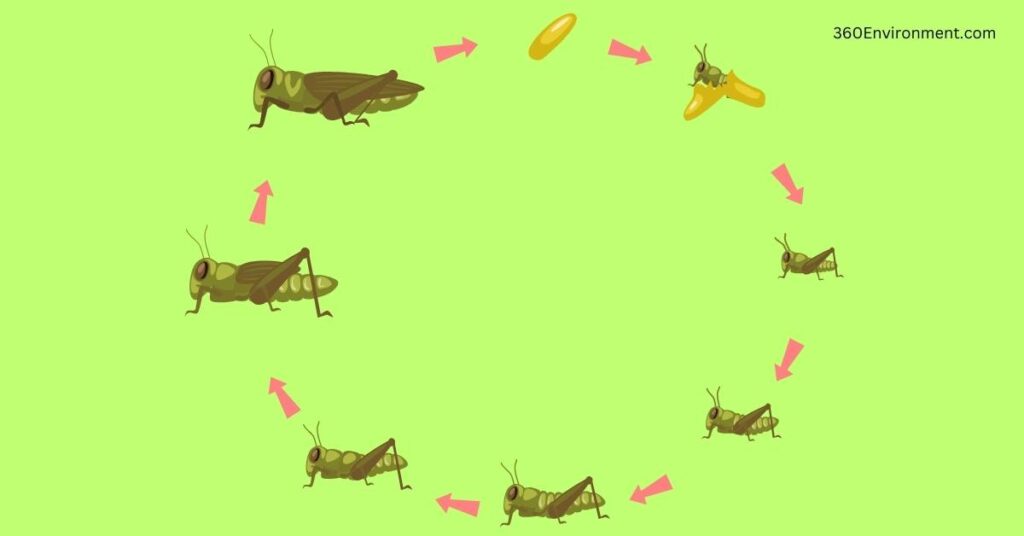
4.1 Egg Stage
Female Aphrodes makarovi lay their eggs in plant tissues, often selecting grasses or soft-stemmed plants as hosts. These eggs are typically deposited within the tissue, where they are protected from external threats such as predators or extreme weather conditions.
- Egg-Laying Behavior: Females use their ovipositor to insert eggs directly into the stems or leaves of plants, ensuring that the eggs remain sheltered. The plant tissue also provides a microhabitat that supports the early development of the larvae.
4.2 Nymph Stage
Once the eggs hatch, the nymphs begin feeding on the sap of their host plant. Nymphs resemble miniature versions of the adults, though they lack fully developed wings. As they grow, they go through several molts, shedding their exoskeleton to accommodate their increasing size.
- Feeding Behavior: Nymphs feed voraciously on the sap of host plants, drawing energy from the plant’s vascular system. During this stage, they are highly vulnerable to predation, as they lack the ability to fly and are smaller in size.
4.3 Adult Stage (continued)
After reaching maturity, adult Aphrodes makarovi engage in mating behaviors typical of leafhoppers. Males often produce vibrations or signals to attract females, using specialized structures on their bodies to communicate. Once a mate is found, fertilization occurs, and the female lays her eggs on the host plant, thus continuing the life cycle.
- Courtship and Mating: Males often produce substrate-borne vibrations to communicate with potential mates. These signals help males locate females in dense vegetation where visual cues may be limited. Once mating has taken place, females will deposit eggs on the stems or leaves of their host plants, ensuring that the next generation has immediate access to food after hatching.
- Reproductive Success: The reproductive success of Aphrodes makarovi depends largely on environmental conditions and the availability of suitable host plants. A robust population of host plants allows for more eggs to be laid, ensuring the continuation of the species. However, habitat disruption or changes in plant availability could negatively impact reproductive rates.
5. Adaptations to Environmental Stressors
Like many other leafhoppers, Aphrodes makarovi has developed a range of adaptations to survive in environments that can be both diverse and challenging. These adaptations help the species cope with predators, climate fluctuations, and habitat changes.
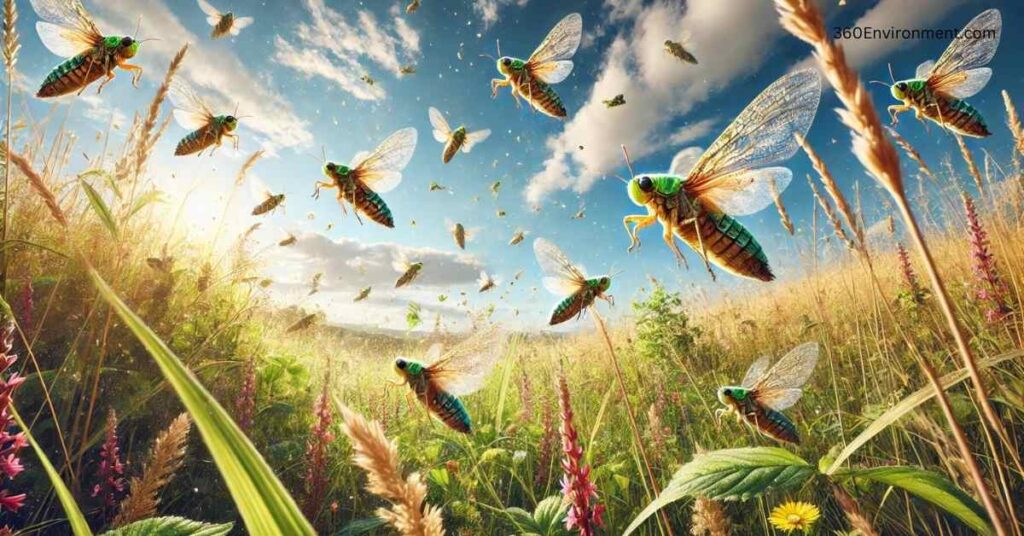
5.1 Camouflage and Defense Mechanisms
*Aphrodes makarovi* relies heavily on its cryptic coloration to blend into its surroundings, making it difficult for predators to detect. The earth-toned colors of its body allow it to remain hidden among the leaves and stems of its host plants.
- Coloration: The muted green, brown, and yellow tones of Aphrodes makarovi help it remain inconspicuous among grasses and other herbaceous plants. This camouflage is essential for avoiding predators, especially during the vulnerable nymph stages.
- Jumping and Quick Movements: Like other leafhoppers, Aphrodes makarovi is equipped with powerful hind legs that allow it to jump long distances in response to threats. This rapid movement is a primary defense mechanism, enabling it to quickly escape from predators such as birds, spiders, and predatory insects.
5.2 Adaptations to Climate
Given that Aphrodes makarovi inhabits temperate regions, it must cope with seasonal changes in temperature and resource availability. Leafhoppers have developed physiological and behavioral adaptations to survive both in colder months and during periods of drought.
- Overwintering: In temperate climates, leafhoppers often lay eggs that enter a dormant state during the colder months. These eggs will hatch in the spring when environmental conditions become favorable again. In some cases, adult leafhoppers may also enter a state of diapause, slowing down their metabolic processes to survive winter.
- Water Management: As sap-feeding insects, leafhoppers like Aphrodes makarovi require plants that provide adequate moisture. During periods of drought, the species may seek out more humid microhabitats or alter its feeding behavior to adapt to reduced water availability in its host plants.
5.3 Interaction with Predators and Parasites
*Aphrodes makarovi* faces constant predation pressure from a wide variety of organisms, ranging from birds and small mammals to spiders and parasitic wasps. As a result, it has evolved several defensive behaviors to reduce its vulnerability to these threats.
- Antennal Sensing: Like many leafhoppers, Aphrodes makarovi has well-developed sensory systems that allow it to detect the approach of predators. Its antennae can sense subtle vibrations in the plants, giving it time to react and jump away from danger.
- Parasitoid Resistance: Many parasitoid wasps target leafhoppers, laying their eggs inside the nymphs or adults. Some leafhoppers have developed chemical defenses or behaviors that reduce their susceptibility to parasitoids, although the effectiveness of these defenses varies by species and region.
6. Human Impacts and Conservation Challenges
As with many small insect species, Aphrodes makarovi is affected by human activities that alter its natural habitat and disrupt its life cycle. Agriculture, habitat destruction, and climate change are all key factors that can influence the population dynamics of this species.
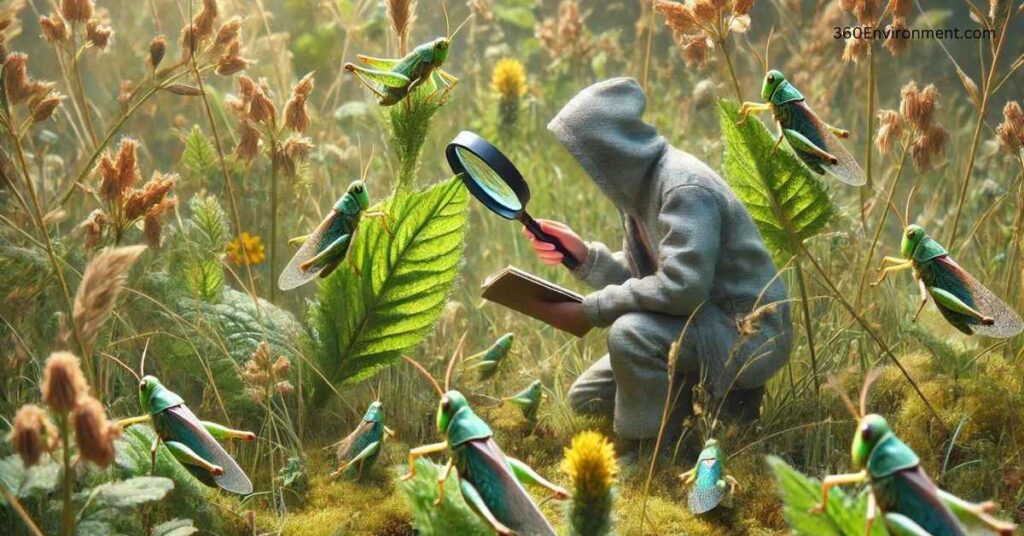
6.1 Impact of Agriculture
Agricultural activities, particularly in regions where monoculture farming is practiced, can have both positive and negative effects on leafhopper populations. On the one hand, agricultural landscapes that provide large areas of host plants may encourage population growth. On the other hand, the use of pesticides and habitat modification can significantly reduce leafhopper numbers.
- Pesticide Use: Widespread use of chemical pesticides in farming practices poses a direct threat to Aphrodes makarovi and other leafhopper species. These chemicals can reduce populations of beneficial insects and disrupt the food web, leading to cascading ecological effects.
- Monoculture Farming: Agricultural areas that focus on a single crop type may inadvertently promote higher densities of leafhoppers by providing an abundance of host plants. This can result in large populations of Aphrodes makarovi in these areas, which may contribute to the spread of plant pathogens.
6.2 Habitat Destruction and Fragmentation
The loss of natural habitats due to urbanization, deforestation, and other human activities presents one of the biggest challenges for the survival of Aphrodes makarovi. The destruction of meadows, forest edges, and grasslands can reduce the availability of suitable host plants and disrupt the natural ecosystems that support leafhopper populations.
- Habitat Fragmentation: Fragmentation of habitats reduces the continuity of ecosystems, making it difficult for species like Aphrodes makarovi to migrate and find new food sources. Fragmented landscapes also expose leafhoppers to a higher risk of predation, as they become more visible in smaller habitat patches.
- Loss of Plant Diversity: Leafhoppers rely on a diversity of plant species to sustain their populations. The reduction of plant diversity due to habitat loss means that Aphrodes makarovi and other insect species may struggle to find the food and shelter they need to survive.
6.3 Climate Change
Climate change is expected to have a profound impact on the distribution and behavior of leafhoppers, including Aphrodes makarovi. Warmer temperatures and shifting precipitation patterns may alter the availability of host plants, while extreme weather events can disrupt their life cycle.
- Range Shifts: As temperatures rise, Aphrodes makarovi may shift its range northward or to higher elevations in search of cooler climates and suitable host plants. This shift could have consequences for the ecosystems it leaves behind and the new ones it colonizes.
- Phenological Mismatches: Climate change can also cause mismatches in the timing of life cycle events, such as egg-laying and plant flowering. If Aphrodes makarovi emerges too early or too late relative to its host plants, it may struggle to find food and reproduce.
7. Conservation Efforts
Despite being a small and often overlooked species, Aphrodes makarovi plays an important role in the ecosystems it inhabits. Conservation efforts aimed at preserving the habitats and plant diversity on which this species depends are crucial for maintaining healthy populations of leafhoppers and other insect species.
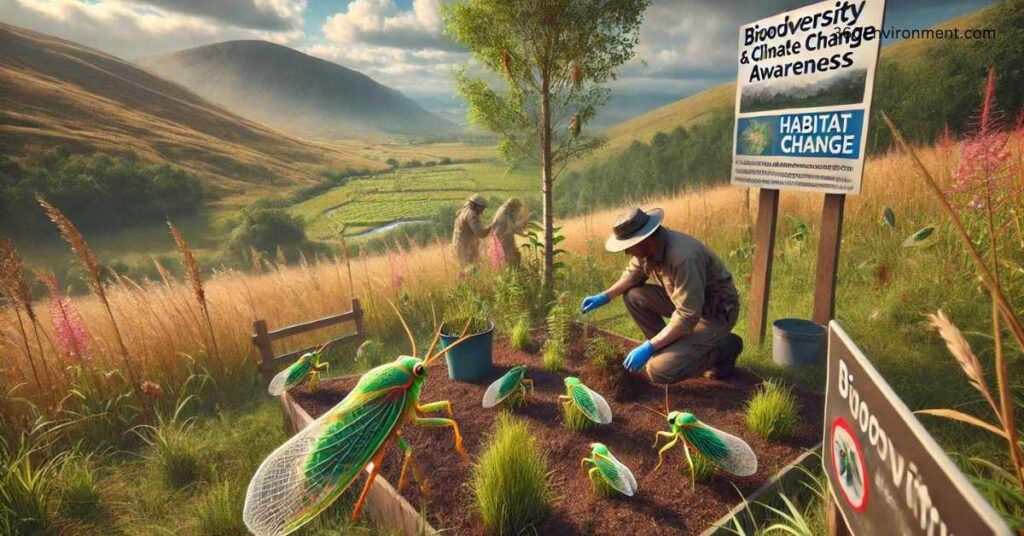
7.1 Habitat Protection
Protecting the natural habitats where Aphrodes makarovi thrives is key to its conservation. Efforts to conserve grasslands, meadows, and forest edges will ensure that these environments continue to provide the necessary resources for leafhoppers and other insect species.
- Conservation Reserves: Establishing protected areas in regions where Aphrodes makarovi is known to occur can help safeguard the species from habitat loss and fragmentation. These reserves can also provide safe spaces for other species that share the same habitat.
7.2 Sustainable Agriculture
Encouraging sustainable agricultural practices that minimize the use of pesticides and promote plant diversity can help reduce the negative impacts on Aphrodes makarovi populations.
- Integrated Pest Management (IPM): Implementing IPM strategies that reduce reliance on chemical pesticides and instead use natural predators or biological control methods can help maintain healthy leafhopper populations without compromising crop yields.
8. Conclusion
*Aphrodes makarovi* is a small but significant player in the ecosystems it inhabits. As a herbivore, vector for plant pathogens, and prey species, it contributes to the complex interactions that sustain biodiversity. However, like many insect species, it faces challenges from human activity, habitat loss, and climate change. By understanding its environmental niche and the factors that influence its survival, we can take steps to conserve the ecosystems that support not only Aphrodes makarovi, but also the multitude of species that rely on the same habitats.
Conservation efforts focused on habitat protection, sustainable agriculture, and climate adaptation will be essential for ensuring the long-term survival of this and other leafhopper species. By preserving the natural balance of these ecosystems, we can help maintain the biodiversity and ecological integrity that are vital to the health of our planet.
Read More: Antennae Moth: A Key to Ecological Balance

